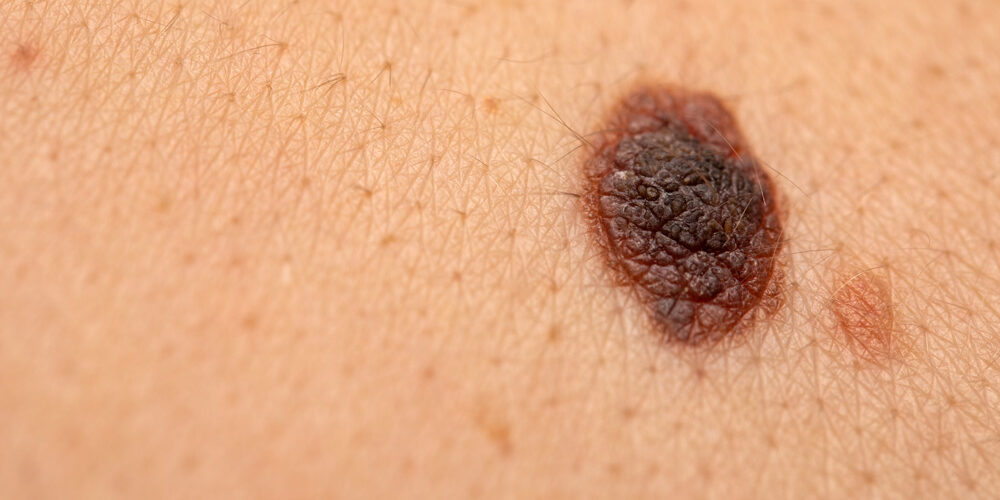To the Editor (Australasian Journal of Dermatology),
Thank you for the opportunity to respond to Melanoma diagnosis at a specialist dermatology practice without the use of photographic surveillance.1
In this study, the authors provide an interesting descriptive report on a private dermatology practice in Brisbane, Queensland, Australia, practising without photographic surveillance. They calculate a single defined metric, melanoma in situ to invasive ratio, and compare it to the same metric in 11 other studies, nine of which involve practices which utilise photographic surveillance in the form of total body photography, serial digital dermatoscopic imaging or both. They then draw a conclusion that their method of practice produces a higher melanoma in situ to invasive ratio than the alternative studies. They add that the utility of dermatoscopy historically ‘…was demonstrated in studies’, and that similarly, only a ‘prospective, randomised and controlled trial’ can demonstrate whether practice using photographic technologies is superior.
The authors present their conclusion in spite of admitting that the chosen metric is unsuitable for such comparisons, stating ‘Direct comparison between studies is problematic’ and conceding that confounding factors such as ‘sun exposure, public education and access to healthcare’ and ‘variable patient and clinician characteristics’ may affect the ratios.1 They also admit the impact of 43.4% of their Queensland, Australia-derived melanomas being lentigo maligna subtype, a subtype known to be predominantly in situ. The elephant in the room not mentioned is the impact of their patients being filtered through general practitioner (GP) referrals. Of relevance to this, in a recent study that reported 637 melanomas encountered by 27 Australasian GPs in 2013, GPs definitively managed 74.9% of them, referring 17.6% to surgeons and 0.3% to dermatologists, invasive melanomas preferentially being referred to general surgeons.2
It is true that there have been studies comparing naked eye examination and dermatoscopy in the clinical setting and the suggestion that a prospective, randomised and controlled trial to validate photographic surveillance is also necessary, might seem reasonable. However, there are ethical considerations in designing a study which according to currently published literature, would put patients in the control arm at increased risk.3 It would also be unlikely that patients would agree to such a trial when they were informed, in the mandatory patient information leaflet, that the control arm was receiving treatment contrary to current guidelines,4 with a stated risk of missing up to 10% of melanomas, which are featureless, even at the time of excision, only being detectable by side-by-side examination of images taken at different times.3, 5 The practice of excising ‘suspect lesions’ or ‘lesions considered suspicious’1 would not be expected to discover such lesions, a situation the authors have not addressed.
As a descriptive report, this paper an interesting presentation of an alternative practice style which is resisting technological innovations. The conclusions are at best unsupported with the authors’ recommendations likely to be ethically challenging.
Rosendahl, C. (2023), Is photographic surveillance in melanoma diagnosis dispensable?. Australas J Dermatol. https://doi.org/10.1111/ajd.14066







